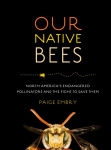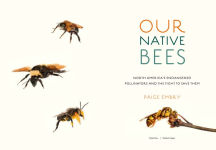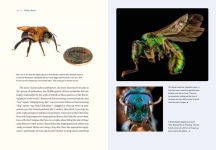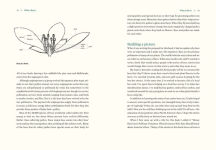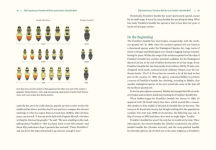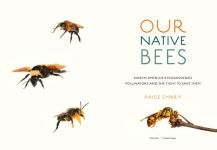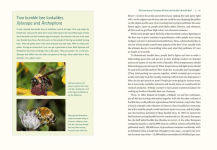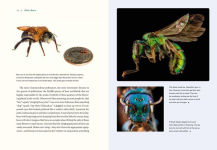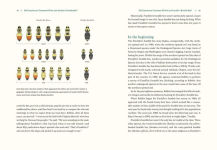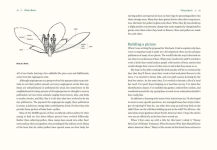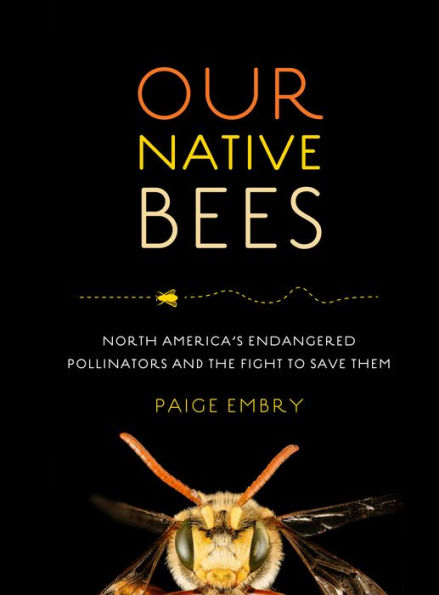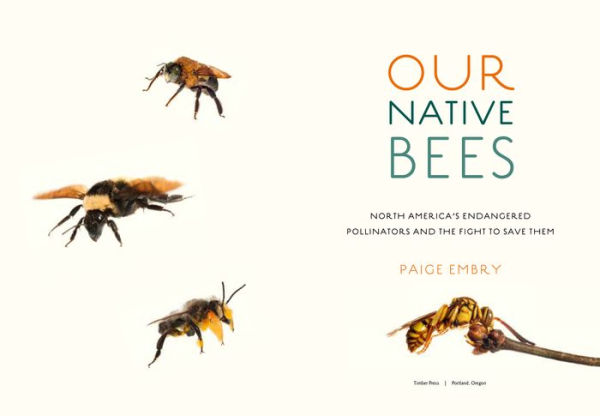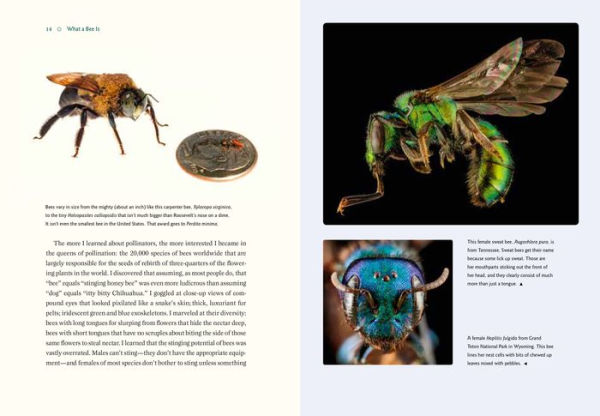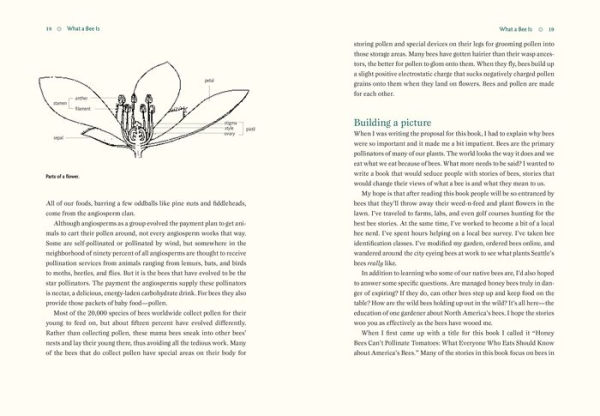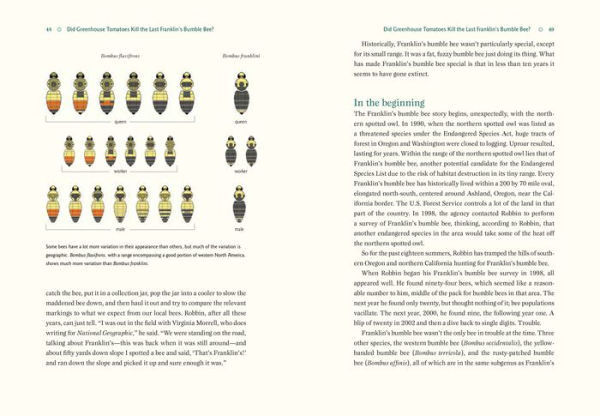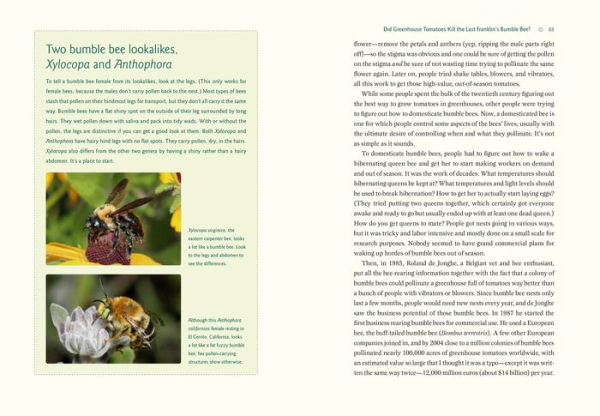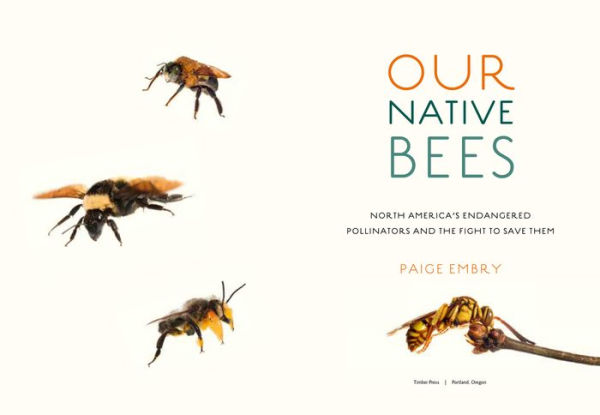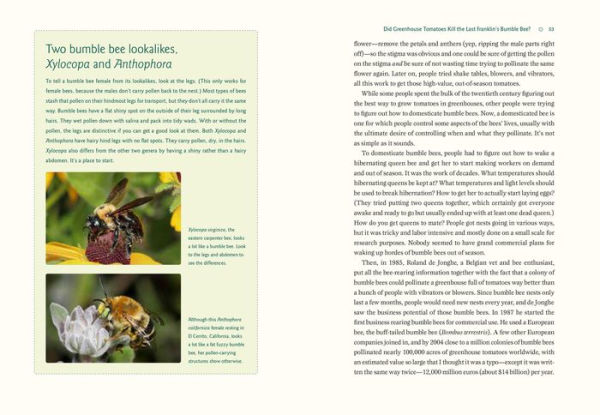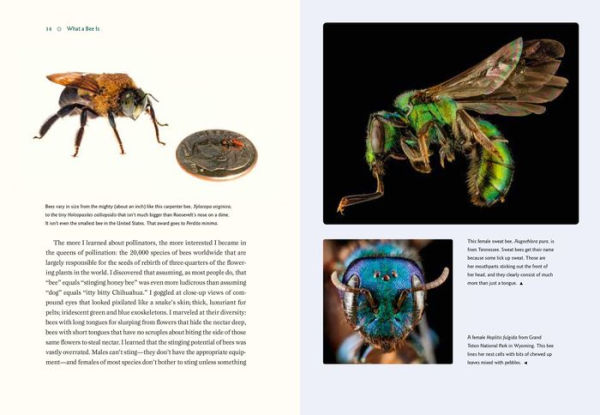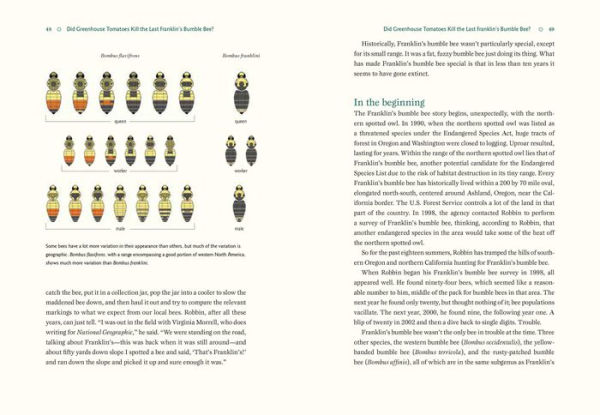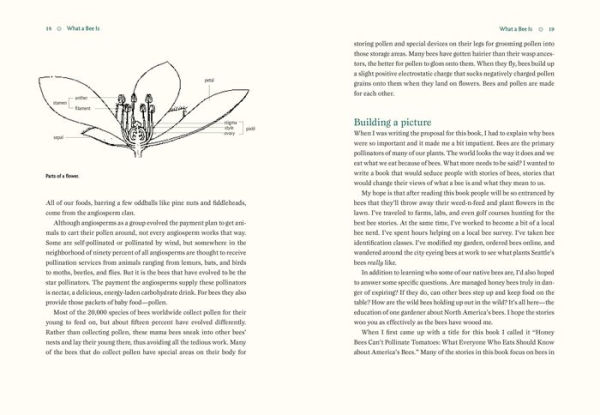Read an Excerpt
Introduction Native bees are the poor stepchildren of the bee world. Honey bees get all the press—the books, the movie deals—and they aren’t even from around here, coming over from Europe with the early colonists. In 2015, when President Barack Obama’s White House issued a plan to restore 7 million acres of land for pollinators and more than double the research budget for them, it was called the National Strategy to Promote the Health of Honey Bees and Other Pollinators. Four thousand species of native bees, not to mention certain birds, bats, flies, wasps, beetles, moths, and butterflies, reduced to “other pollinators.” Sigh. Honey bees are fine bees. They dance and make honey and can be carted around by the thousands in convenient boxes, but from a pollination point of view, they aren’t super-bees. On cool, cloudy days when honey bees are home shivering in their hives, many of our native bees are out working over the flowers. Bumble bees do their special buzz pollination of tomatoes, blueberries, and various wild species. Squash bees wake up early to catch the big yellow squash blossoms while they’re open. The trusty orchard mason bees are such hard-working yet slovenly little pollen collectors that several hundred can pollinate an acre of apples that requires thousands of honey bees. Where are the book and movie deals for these bees? Well, I’m making a small start for them here. My obsession with bees began because of tomatoes, a plant with roots deep in my Georgia childhood. The summertime table in my house always had a plate of sliced tomatoes on it. My dad grew tomatoes wherever he could: along a brick wall at one house, in the only sunny spot by some azaleas at another, in a tiny plot of red dirt outside his office door for a while. When I grew up and moved away, I, too, grew tomatoes, although with varying success in the cool summers of Seattle. Tomatoes have been a fixture in my life. Now, tomatoes have some flexibility in their pollination requirements. Some pollination happens as a result of wind just shaking the plants, but more and bigger tomatoes result with the help of bees. Not just any bee can do it, though. It wasn’t until I was nearly fifty that I learned that honey bees can’t produce those tasty red and orange globes. Tomatoes require a special kind of pollination called buzz pollination, where a bee holds onto a flower and vibrates certain muscles that shake the pollen right out of the plant. Honey bees don’t know how to do it, but certain native bees do. I was appalled. How could I, a serious gardener for many years, not have learned that it takes a native bee—not a European import—to properly pollinate a tomato? So I asked other people I knew, veteran gardeners and non-gardeners alike, and it turns out that I was not the slow-witted exception. Not only did the people I talked to not know that honey bees couldn’t pollinate tomatoes, many didn’t know that honey bees weren’t native to North America. None of them knew that just in the United States and Canada there are 4000 species of bees that are native. Upon refl ection, it’s not that surprising. We mostly notice the troublesome things insects do: sting, eat the wood in our houses, chew up our plants. Truthfully, many of us don’t even view insects as animals, although what else could they be? Plants? Fungus? Bacteria? No, insects are animals, and many of them do good things for us, but those good things creep by unnoticed. I often see the statistic that one bite out of every three we take is thanks to pollinators, but every bite isn’t created equal, either from a taste point of view or a nutritional one. Some of the foods that we eat the most, like wheat, corn, and rice, are either self-pollinated or wind-pollinated, but many of our most delicious fruits and vegetables are bee pollinated: strawberries, blueberries, apples, peaches, and, of course, tomatoes. Also, a good chunk of our essential nutrients are concentrated in animal-pollinated fruits and vegetables. Ninety-eight percent of the vitamin C, seventy percent of the vitamin A, fifty-five percent of the folic acid, and seventy-four percent of the lipids come from animal-pollinated plants. In a 2013 Scientific American article, University of California Berkeley conservation biologist Claire Kremen said that if the pollinators all died off, we might not starve to death, but we’d likely get some sort of vitamin deficiency disorder. One can also put at least part of what pollinators do for us into monetary terms, although exactly what those terms are varies depending on the study. Research conducted at Cornell University found that in 2010 pollinators were responsible for adding $29 billion to U.S. farm revenues. Honey bees are the primary pollinators in commercial agriculture, and $19 billion of that $29 billion was thanks to them. Rightly or wrongly, over the latter half of the twentieth century, agriculture came to rely on honey bees. Farmers could bring in huge numbers of bees when needed and send them away when the crop was done flowering. They didn’t have the worries and extra work of keeping bees themselves or providing out-of-season forage for them. Since the 1950s, however, the number of managed honey bee hives in the United States has declined by fifty percent, while cropland needing bee pollination has doubled. The honey bees are being swept away by an avalanche of problems: hive beetles, wax moths, foulbrood, chalkbrood, stonebrood, Nosema fungus, Israeli acute paralysis virus, deformed wing virus (and about twenty other viruses), tracheal mites, Varroa destructor (another mite), colony collapse disorder (CCD), poor diet, pesticides on the flowers we ask them to pollinate, and maybe just plain old tiredness and overwork. What will we do if the honey bees can’t keep doing the job? How important are they've Can the native bees step in and take over, or will we all be out in the yard pollinating our fruits and vegetables with our toothbrushes?



